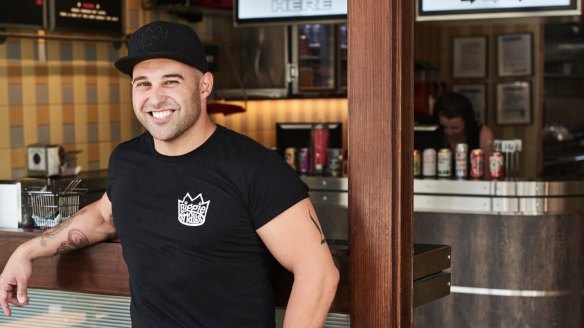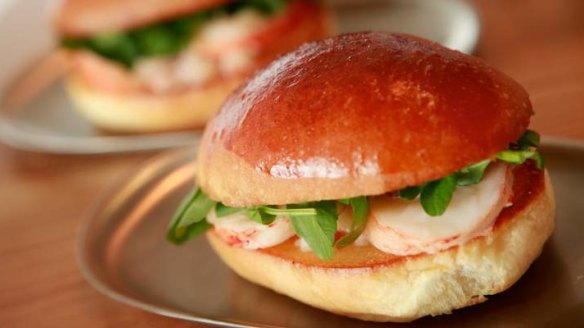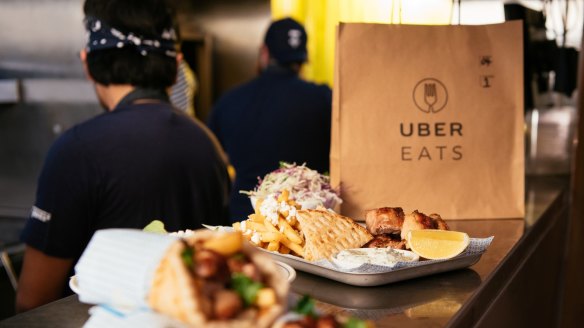Are food delivery apps dudding diners?

When food delivery services such as Deliveroo and UberEats first disrupted the market, their standout point of difference from the likes of Menulog and Delivery Hero was a compelling pitch: serious restaurant food, at home. For $5 delivery Andrew McConnell's lobster rolls or Neil Perry's luxe potatoes from Eleven Bridge could be summoned straight to your couch.
But open your app in 2019 and while burgers, poke bowls, gelato and curries are abundant from cult local brands or internationals, big 'R' restaurants are harder to find.
Much ink has been spilled about worker exploitation and disgruntled restaurateurs, but are the halcyon days for diners over?

McConnell, one of Melbourne's most successful restaurateurs pulled out early and says, "the main reason was the ability to service extra orders at Supernormal without compromising our existing service. Drivers walking in and out can affect the feel of the dining room."
Fear of damage to reputation is the major reason that almost every restaurant used to bait the hook of delivery apps in their early days – from Supernormal to Gazi and Red Spice Road – have dropped the service.
That's true of restaurants at the high end and low. Lack of control was a major factor for many.

Alexander Zaiter, who owns AAA Pizza in Granville in Sydney's west, grew tired of complaints from customers who said they received "squashed" pizzas from Uber drivers wearing "pyjamas".
His restaurant still uses Menulog and Deliveroo for taking orders (a service that charges a lower 16 per cent commission), but he refuses to use their delivery services, instead retaining his own drivers because they take greater care.
A fear in the early days of disruption was that the smaller family-run businesses who did their own delivery would lose trade unless they signed to an aggregator and paid the high commission.
Thankfully, for Ethan Chaikijkosi of Fitzroy's Thai Thani it has somewhat balanced out. Four years ago, delivery comprised 30 per cent of his business. Since joining UberEats and Deliveroo about half of Thai Thani's sales come from delivery.
"I stopped having my own drivers in 2017 because we saw the decline of people ordering [directly] from restaurants," Mr Chaikijkosi said.
He says the steep commission fees hurt profitability but he treats UberEats and Deliveroo as marketing costs. "What I benefit from them is I get a customer who comes back to the restaurant. Our patronage increased since [joining]," Mr Chaikijkosi said.
Melbourne's Shane Delia, who has hatted restaurant Maha and low-key kebab joint Biggie Smalls, has been through the ringer with delivery apps, but still believes in them. Last year, he opened a series of "dark kitchens", premises that create the food but have no shopfronts and none of the associated costs. But the logistics were greater than expected, and the commission made it unprofitable.
He's still optimistic. "I don't think anyone has worked out how to get it right yet, but I think they can," Delia said.
Whether restaurants can work out a balance remains to be seen, but Delia would never put his hatted restaurant Maha on the service. Which makes the delivery proposition in 2019 far less sweet than we dreamt.
Restaurant reviews, news and the hottest openings served to your inbox.
Sign up- More:
- Restaurant news